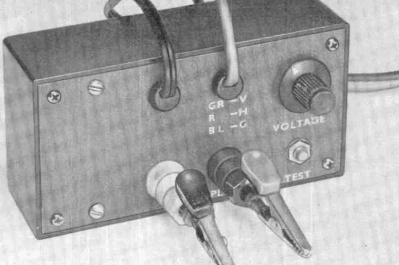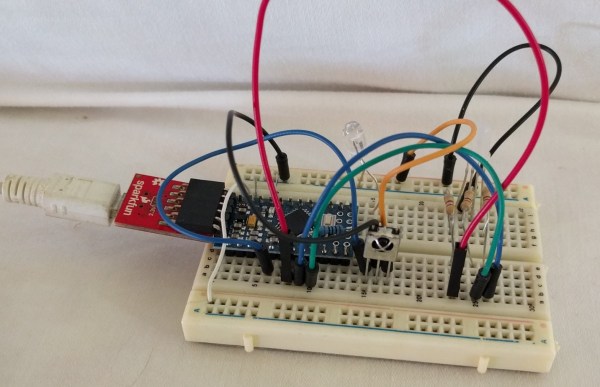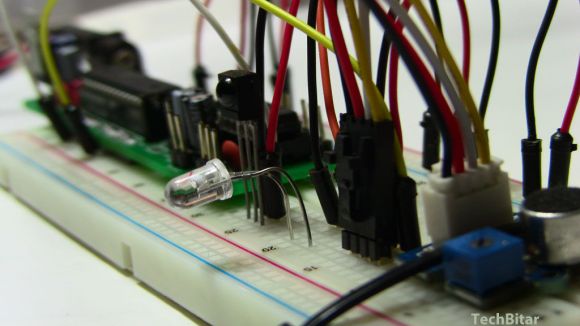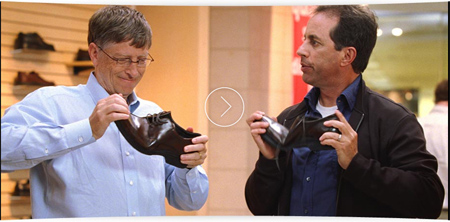If you ever look at projects in an old magazine and compare them to today’s electronic projects, there’s at least one thing that will stand out. Most projects in “the old days” looked like something you built in your garage. Today, if you want to make something that rivals a commercial product, it isn’t nearly as big of a problem.

For example, consider the picture of this project from Popular Electronics in 1970. It actually looks pretty nice for a hobby project, but you’d never expect to see it on a store shelf.
Even worse, the amount of effort required to make it look even this good was probably more than you’d expect. The box was a standard case, and drilling holes in a panel would be about the same as it is today, but you were probably less likely to have a drill press in 1970.
But check out the lettering! This is a time before inkjet and laser printers. I’d guess these are probably “rub on” letters, although there are other options. Most projects that didn’t show up in magazines probably had Dymo embossed lettering tape or handwritten labels.
















